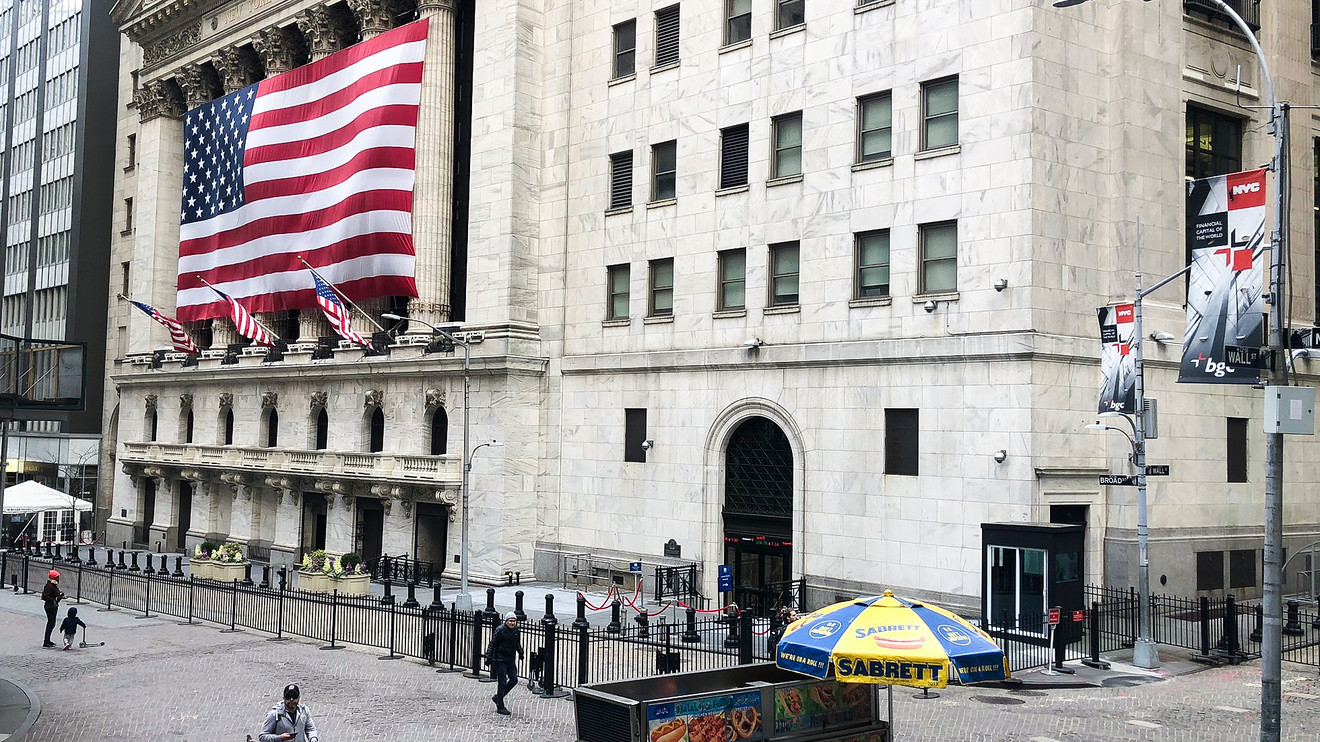You can survive and eventually prosper despite horrific markets, investment professionals say.
How?
It’s not so much what one should do as what should not do, the pros say.
No Reward for Turning Off Your Brain
“Don’t panic. Never in my near-40-year career have I once heard someone say, ‘Gee, I’m glad I panicked,’” says Richard Bernstein, a long-time money pro with his own firm here. Another pro recommends inertia.
“One of the smartest things you can do now is to do nothing,” adds Kashif A. Amed, with his own advisory firm in Bedford, Mass. If you have a good plan, he adds, stick to it. He argues bad times could result in good times.
“If you have funds, perhaps you may not find a great buying opportunity like this for many years,” Amed says. “You may have learned that lesson in 2009, but don’t forget it.”
Pros note that in 2008, as a housing bubble exploded, the stock market lost 37 percent. Many panicked. They dumped stocks. That ruined long-term plans, advisors say. That’s because the market was up 26 percent in 2009.
Still, ignoring blood on the street is difficult. In March “some $15 trillion in market value was wiped out globally and $8.3 trillion in the United States since the February 19th high,” according to S&P Global.
Locking in the Losses
Rose Swanger, an advisor in Knoxville, Tennessee, says “the worst thing an investor can do is sell, then one really turns a paper loss into a real loss.”
Losses, says Ben Carlson, can be lessened by those who put money in both stocks and bonds—say a 70/30 or 80/20 split. It can work even though one loses money short term.
“The waterfall of losses has been brutal but everything 70/30 and down has held up reasonably well. Even an 80/20 portfolio is down just 15%,”
adds Carlson, a chartered financial analyst with Ritzholtz Wealth Management. “It feels like the world is ending at the moment but these are not end-of-the-world-like returns.”
Using dollar cost averaging, which means buying stocks and funds regularly no matter what, lessens risk, adds Francis Gannon, co-chief investment officer with Royce Management. Its market view is unchanged.
“Our long-term outlook is decidedly optimistic,” Gannon says.
Good Out of Bad?
Another advisor says the recent crash could be good for long term investors.
“If people are saving and adding to portfolios, use this as an opportunity to make your annual IRA/Roth contributions. Buy while the market is down,” says Brian Behl in Waukesha, Wisconsin.
That’s a logical approach, adds another advisor, but not easy to apply.
“Being rational and unemotional can be difficult when it comes to managing money while being inundated by the terrifying headline news and thousand-point daily market gyrations, says Jon Ulin, in Boca Raton, Fla.
“In a perfect world, Ulin adds, every investor would buy low and sell high.” However, “the realities of markets and behavior often prove more complex and require a more measured approach.”
Sometimes Cash Is Not Trash
Another advisor says have a plan and reserves.
“In the short term, liquidity is key,” says Sandra Adams in Smithfield, Missouri.
“Keeping a healthy savings/emergency reserve–as much as 12–24 months in cash is a good idea,” she counsels. “Cutting back on non-essential spending could be a good idea, especially for those whose income sources may be wavering or are not guaranteed.”
Bernstein says a reason why an investor misses a goal is panic selling.
“Investors typically panic buy at market tops for fear of missing out, and they panic sell at bottoms because they fear they will lose all their wealth.”
Why hold on?
Markets recover, Bernstein says.
“Someone who invested right at the 2007 market peak, and experienced the worst bear market in the post-World War II era, would have recouped their investment in less than five years if they had stayed invested.”
You Can Be a Little Late
Indeed, Bernstein’s numbers examine the returns for the full 18-month period encompassing the six months before and the 12-months after the market bottom.
“We compare the hypothetical returns of an investor who owns 100% stocks for the entire period (“6 months early”) with one who holds 100% cash until six months after the market bottom (“6 months late”). In general, it has been better to be late than early,” according to Bernstein. “Not only do returns tend to be greater when you invest “late,” but more importantly, you’ve never had negative returns in this strategy. When investing “too early,” the magnitude of the drawdowns at the bottom often more than offsets the initial rally off the bottom nearly a third of the time.
![]()
